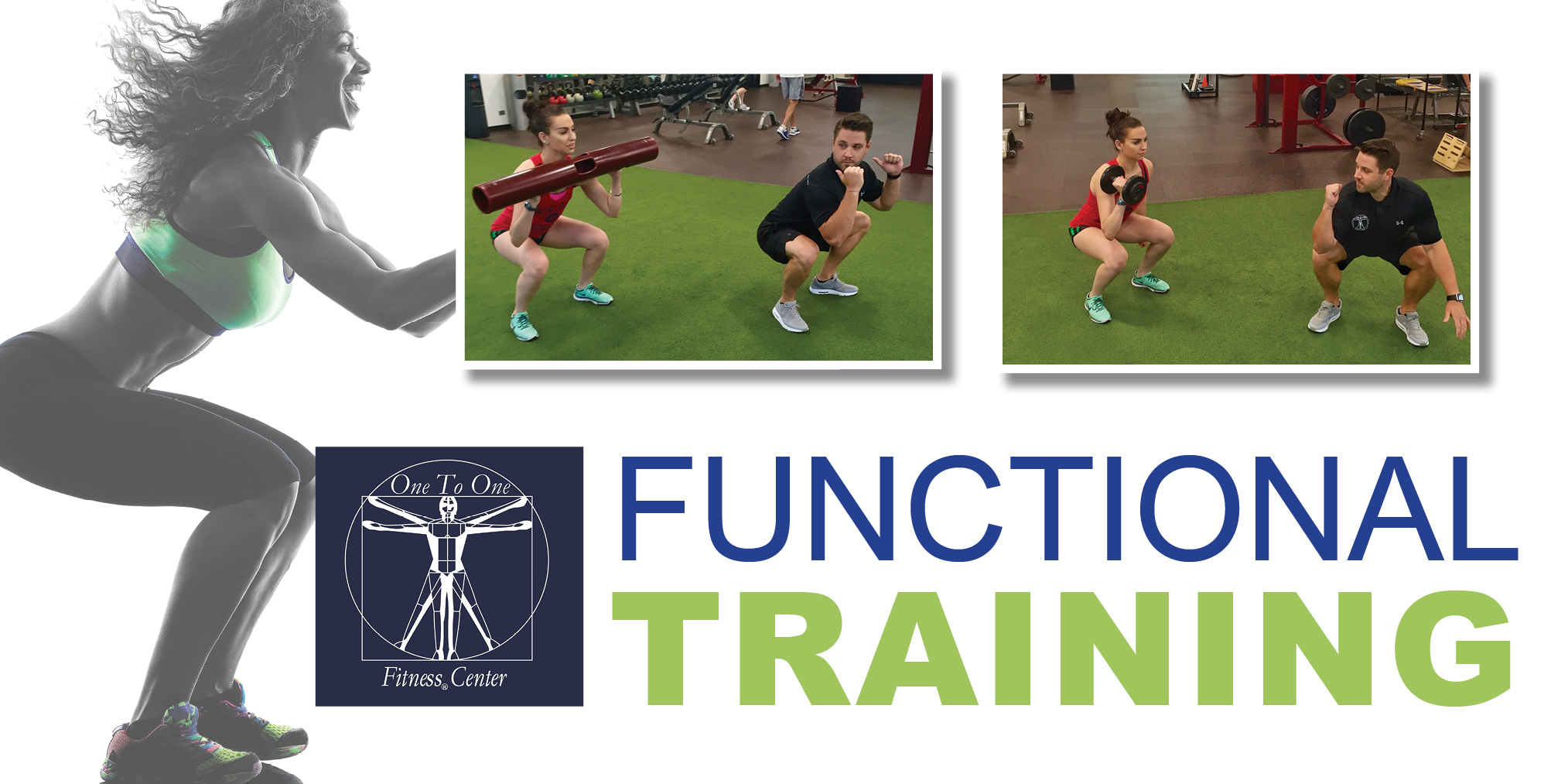Over the past decade, progressive fitness professionals have embraced the idea of “functional training.” However, our understanding and implementation of functional training continues to evolve.
Initially, and still at its most basic level, functional training was seen as training that has carry over benefits to improve activities of daily life (ADLs) or sports. In other words, training that improves function.
Initially “function” was viewed from a broad or big picture perspective, with gross motor movements such as walking, running, sitting, squatting, jumping, pulling, pushing, rotating, etc. in mind. Common characteristics of these fundamental gross movements are that they are multi-joint, multi-planer, ground based, and self-stabilized, which further defined as follows:
Multi-Joint exercises heavily involve more than one joint. A squat, jump, or lunge in contrast to many common machine exercises that may also target some of the same muscles and joints, such as the leg extension, leg curl, seated bbductor or adductor machine.
Multi-Planer exercises either involve movements through different planes of motion, or that resist forces that would otherwise cause movement through different planes of motion.
Ground-Based exercises are generally performed standing, and thus requiring a degree of balance, proprioception and self-stabilization.
Self-Stabilized exercises require the body to stabilize itself (core stabilization) or to stabilize specific regions or joints, during the execution of the exercise.
With these criteria in mind, the functional training movement has reduced the popularity of many strength training machines that do not incorporate some or all of these characteristics. For example, the leg extension, leg curl, adduction or abduction machines work various muscles of the lower body but do so in a single joint, or isolative way instead of in a multi-joint way. Those muscles are used in ADLs or sports. The seated leg press or seated chest press machines require multi-joint movement, and much less core stabilization because they are done in a supported, seated position and do not depend upon the balance or proprioception that ground based movements require. However while machine based strength training is rightfully viewed by many as non-functional, that does not mean that machine training cannot improve function at all or that machines cannot have some value in an exercise program. A six week training program of seated leg press may help an elderly person improve his ability to get up and down from a chair. Therefore, one might argue that the leg press is a functional exercise. However, a six week program of squats (loaded, body weight, or even assisted), may result in even greater improvement in the client’s ability to get up and down from a chair. So, exercises can fall somewhere along a spectrum from being less to more functional in nature. The leg press (not ground-based, not significantly self-stabilized, and not multi-planer) is at the lower end of the “functional” spectrum whereas the squat is at the higher end of the spectrum.
Physical Therapists, and many fitness professionals, also implement exercises intended to promote or improve the function of a specific body region, muscle, or joint. For example, trainers may have clients include various isometric planking exercises, which are not performed standing, may not include multi-planer (or even any) movement, but may still fall under the umbrella of functional training. Good Physical Therapists often can identify specific motor units (nerves and muscles they innervate) that are not functioning effectively and prescribe certain isolative exercises to improve or correct the dysfunction.
At One To One Fitness, our trainers always aim to help our clients achieve their health, fitness, aesthetic, and athletic goals, while always trying to improve function.
For additional information, or to submit questions that you would like answered in future VivaTysons editions, please email: info@1to1fitness.com, or call 703 848-0881.






